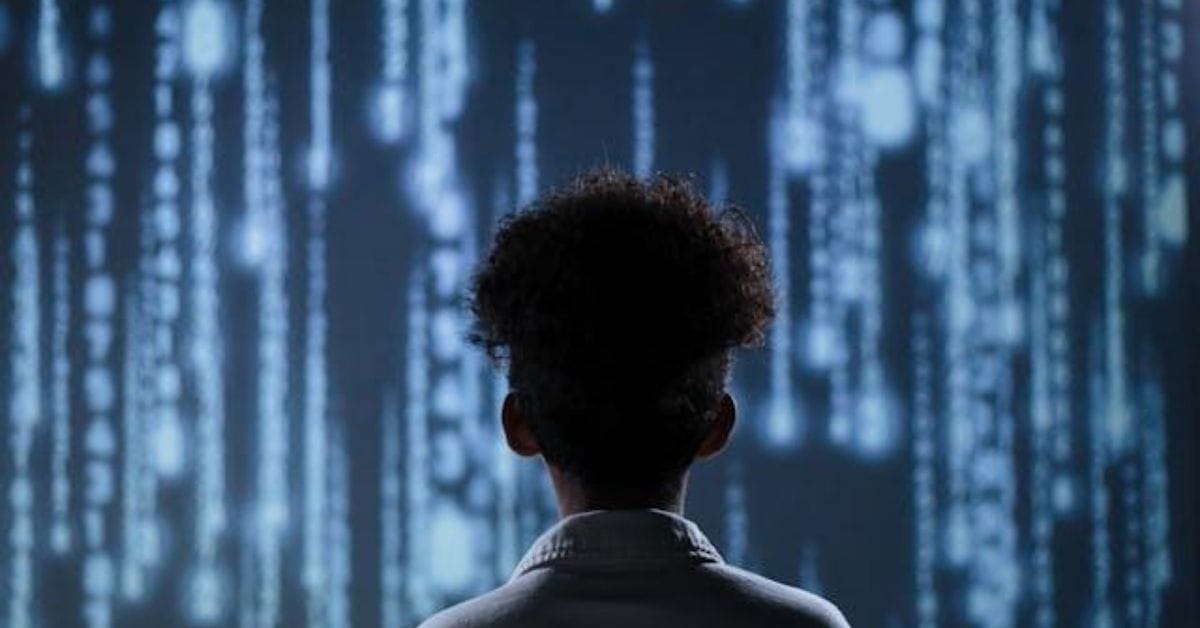A sculptor’s chisel and an AI model walk into a bar… I don’t know how the rest of the joke should go but an AI model may have a few clever answers.
What I do know is that the chisel and the AI model have more in common than we may realise. That’s because the value of both tools is guided by human intent. The chisel cannot turn a block of marble into a masterpiece and neither can the AI model conjure something of meaning, purpose, relevance or use from a void.
Within nearly every industry there is concern – or at the very least, interest – in the impact AI is having on how we understand the value of work. The advertising sector is no different, but I’d argue it is presenting us with an important opportunity to interrogate our role, and the evolution of that role, at a time when the machine can do so much of the “making”.
Machine vs making
Never before have the tools with which to create, and generate, been so accessible and so powerful. And that’s a good thing because it means creativity – ‘craft’ in the most fundamental sense of the word – does not have to be hampered by technical proficiency. The machine allows for the democratisation of the skills needed to do the making, which in turn calls for the human to be the master of empathy – an expert in understanding and unpacking what people need, desire, feel and want.
AI can generate a thousand versions of a visual, a hundred variations of a headline and an endless stream of video content. But that’s not particularly useful in and of itself. AI, in its current guise, cannot create ideas that truly and deeply resonate with the human spirit. It needs to be guided – by way of human intent and instruction – to get to that outcome. Without real intent, the AI’s output is generic at best, bland at worst. To ensure outcomes that are interesting, nuanced, relevant and – more ambitiously, – truly have the potential to influence the zeitgeist, it needs to be supported by human-led creative leadership.
The future of creative leadership
In the future it won’t be the best prompts that deliver the best results. The best results will come from the creative leaders with the vision to ask the best questions.
Creativity – the kind that moves people – will be produced (with AI as the tool, make no mistake) by the people who are able to look beyond the data, dig deeper into trends, and have the empathy and fundamental human ability to make sense of the complexity of the human experience.
The creative leaders of tomorrow will be the ones who understand why and how to turn human needs into a clear and compelling creative vision that speaks to authenticity.
It’s increasingly understood and accepted that the ultimate creative signature in the age of AI is authenticity. Will we live in a near-future where being unapologetically human will be the ultimate creative commodity? Yes, I believe this will be the case.
The art of intent
With or without AI, it’s always tempting to start with the how. How can we create a viral campaign? How can we move the needle on a project? How can the tools help us do it faster? Starting with the how approach is tempting but it leaves little room to to understand and interrogate the why that needs to go hand-in-hand with the how.
The most meaningful and enduring work will always start with the why. Thanks to the work of Simon Sinek with this “start with why” philosophy that argues for the importance of focusing on the core purpose, we are better at understanding the value of clarifying the why before jumping onto the how. Intent needs to be underpinned by the why. That’s the art of intent. Understanding the why.
Creative leadership for the future
The pace of change today feels relentless. We’re creating the future but it’s already here. We’re working harder, smarter and faster to “keep up” with AI but what’s really needed is to shift focus. The machine must execute and the human must provide the purpose. The human IS the intent.
This is not mere philosophising either but about tangible business benefits too. When a brand’s creative output is guided by a clear, authentic intent, it builds an emotional relationship with its audience that is far more durable than a transactional one. It becomes a brand that not only delivers a product but also stands for something. Integrity has always been a powerful competitive advantage.
Just as a first principles approach asks us to challenge inherited assumptions about advertising, the rise of AI compels us to question our assumptions about the agency model itself.
At Futureborn, for example, we are building a model that is less of a factory and more of a studio for intent, a place where strategists, creative, and technologists work together to define the “why” before they ever touch the “how”. The purpose is to enable deeper experimentation, faster learning and, ultimately, more purposeful outcomes for our clients.
The “future-born” creative will not be the one who uses AI to create generic, safe, and easily forgettable output. It will be the one that leverages AI as a powerful amplifier for its unique, idiosyncratic human voice.
By Simon Spreckley, Founder & CEO of Futureborn






